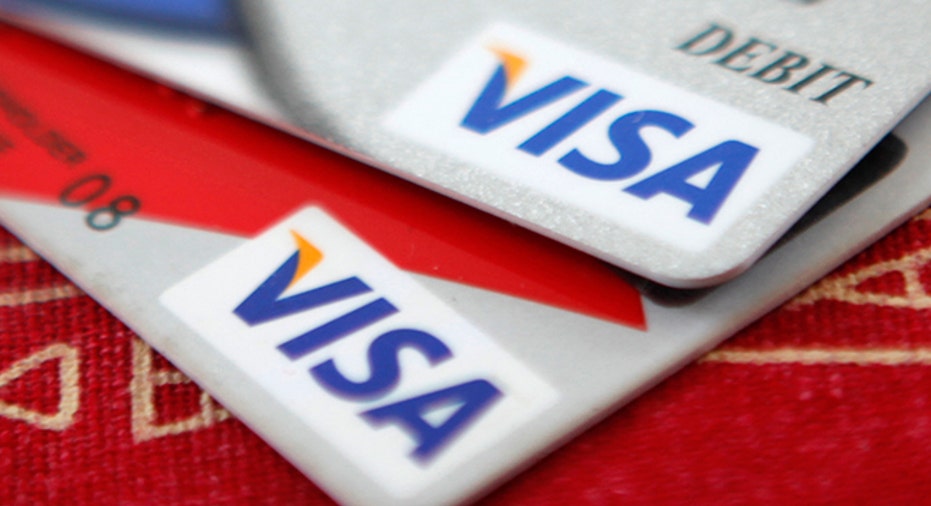Know the Difference: Introductory Rate vs Deferred-Interest Deals

Dear Let's Talk Credit,
I have a credit card that had a 0% introductory interest rate for 12 months. If at the end of the 12 months I still have a balance, how do they charge interest? Is it on the remaining balance only, or all charges that occurred in that 12-month period?
- Mike
Dear Mike,
I'm glad you asked this question. Retailers sometimes offer deferred-interest rate credit products that can be confused with introductory interest rate offers, such as the one you have.
Let's start with your 0% introductory interest rate. These offers typically apply to purchases and/or transferred balances. Either way, you are charged 0% interest on the balance that applies, for as long as the introductory period lasts (often between six and 18 months). This should be clearly spelled out in the card agreement, as well as the interest rate you will pay after the introductory period ends.
Most credit cards tie the interest rate charged on credit card accounts to the prime rate. Your interest rate will likely vary, based on your creditworthiness and the amount of the prime rate at the end of the introductory period.
You would be charged the new, higher interest rate on any balance that remains on the card at the time the rate changes. Say you charged a total of $5,000 on the card during the 0% interest rate period and have a $1,000 balance remaining when your introductory rate ends. You would be charged the higher interest rate only on the remaining $1,000 balance, not the other $4,000 that you already paid off.
Deferred interest rate card offers work differently. These agreements offer 0% interest on purchases for a specified time (usually 6 to 18 months), but the entire balance must be paid in full before the time expires. Otherwise, you have to pay interest on the full purchase amount. For example, you might purchase a new television for $800 at a retail store using its credit card offer of no interest for 18 months, if paid in full. During the 18-month period you make payments on the account that total $600, leaving a $200 balance.
Since you still have a balance when the deferred-interest rate period ends, you will be charged interest (at the rate spelled out in the agreement) from the date of purchase on the full amount of $800. At an interest rate of 18%, that would be $216 for interest payments. In the example above, your balance would increase from $200 to $416, on which you would be charged 18% interest each month until the balance is paid in full.
As you can see, it is not a good idea to confuse a 0% introductory rate and a 0% deferred-interest rate credit product.
Let's keep talking!
See related: Many pay an unexpected price on deferred-interest deals